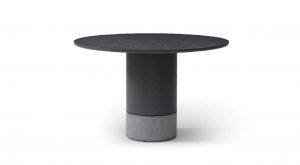Featured Post
How to Maintain Your Tools for Longevity
Proper tool maintenance keeps your gear ready for any task. This article covers how to care for your tools, making them last longer and work better. From cleaning to storage, these simple steps save time and money, whether you’re tackling cabinet furniture assembly or garden projects.
Why Tool Maintenance Matters
Taking care of your tools does more than keep them shiny. It ensures they work right and stay safe to use. A rusty saw or dull blade can ruin a project—or worse, hurt you. Good maintenance saves cash by avoiding replacements and makes tasks like assembling furniture easier.
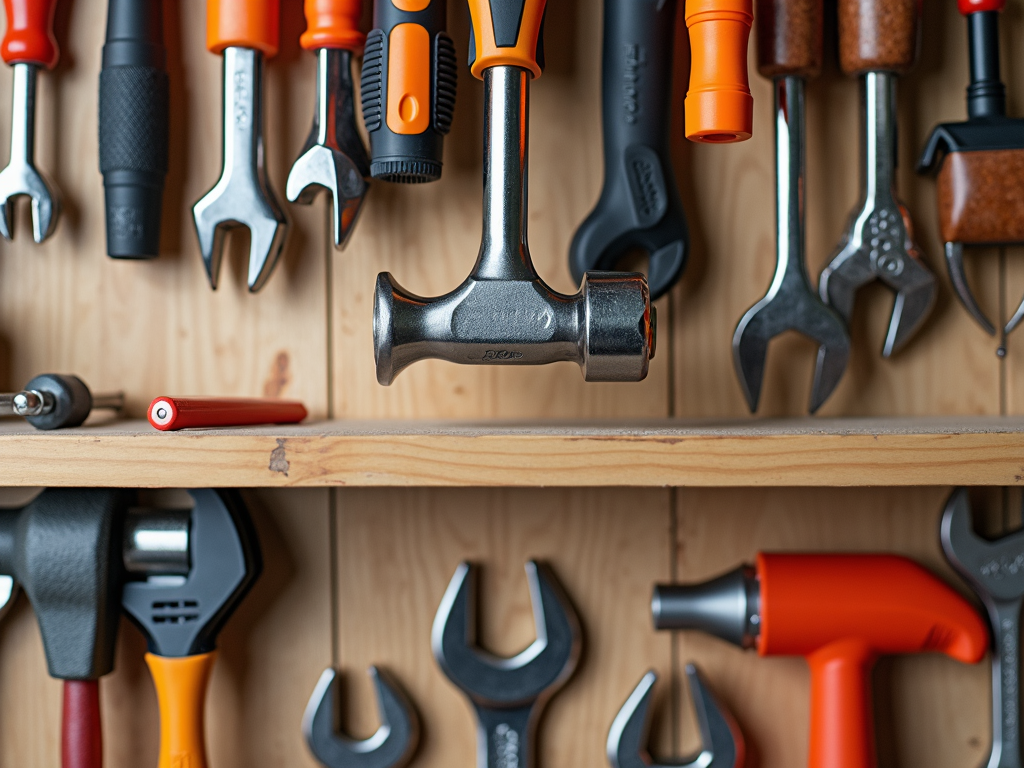
Basic Tips for All Tools
Some habits work for every tool you own. Follow these steps to keep them in great shape:
- Clean Them Up: Wipe off dirt, dust, or grease after each use. This stops rust from creeping in.
- Dry Them Well: Water can damage metal and wood. Dry everything thoroughly before putting it away.
- Oil Moving Parts: Add a drop of lubricant to hinges or joints so they move smoothly.
- Keep Blades Sharp: Sharp tools cut better and are safer to use.
- Store Smart: Use a toolbox or pegboard to keep tools dry and easy to find.
Tool Lubricant Options
Not sure which lubricant to use? Here’s a quick guide:
| Type | Best For | Pros | Cons |
|---|---|---|---|
| WD-40 | Most tools | Easy to apply | Can get dusty |
| Machine Oil | Power tools | Stays longer | A bit messy |
| Silicone Spray | Plastic parts | Clean finish | Weaker on metal |
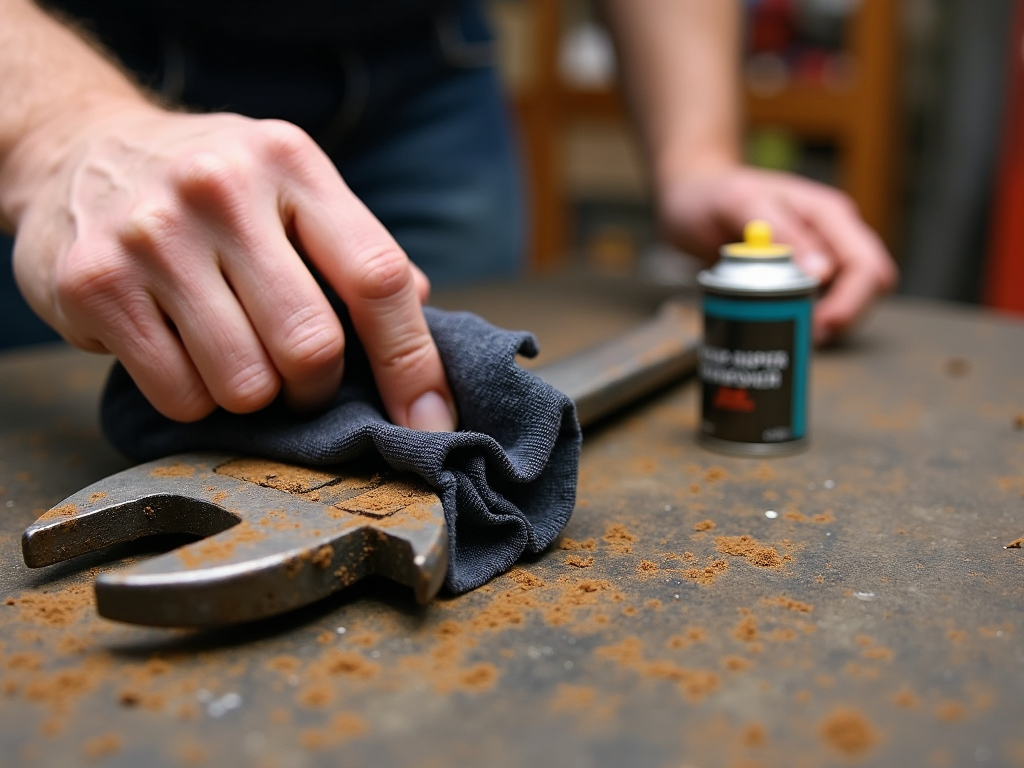
Caring for Hand Tools
Hand tools like hammers and screwdrivers don’t need much, but they still deserve attention. Here’s how to keep them ready:
- Check for Damage: Look at handles and heads for cracks or wear.
- Tighten Things Up: Fix loose screws or bolts with a quick twist.
- Stop Rust: Rub on a rust inhibitor to protect metal parts.
My Hand Tool Lesson
Once, I left a screwdriver out in the rain. The tip rusted, and it stripped a screw during a cabinet assembly. Now, I always dry my tools and store them inside. It’s a small step that keeps them working like new.

Power Tool Maintenance
Power tools take more effort because they’ve got motors and cords. Here’s what to do:
- Read the Manual: Each tool has its own needs—check the guide.
- Look at Cords: Replace frayed wires or broken plugs right away.
- Clear Vents: Blow out dust so the motor doesn’t overheat.
- Grease Gears: Add lubricant where the manual says to.
Power Tool Must-Dos
- Wipe down after use.
- Check cords for cuts.
- Oil moving parts as needed.
- Swap out worn brushes.
- Keep in a dry spot.
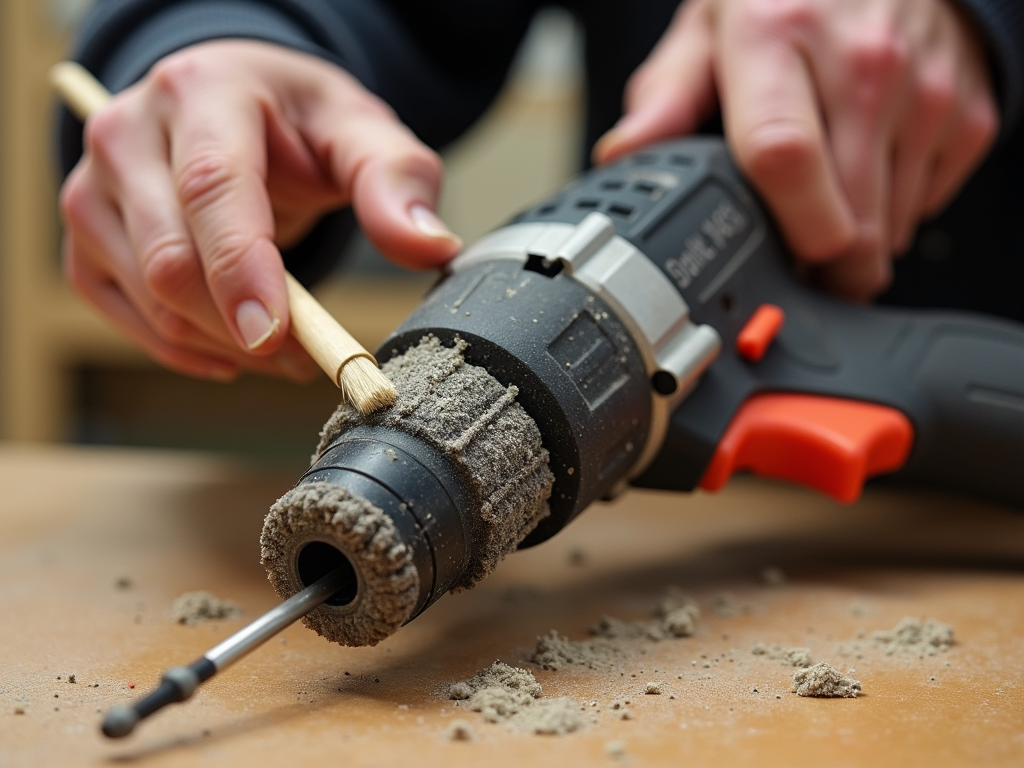
Keeping Garden Tools Strong
Garden tools face dirt and weather, so they need extra love. Try this:
- Wash Off Dirt: Scrape soil and sap off after digging or pruning.
- Sharpen Edges: A sharp shovel or pruner works faster.
- Treat Handles: Rub linseed oil on wood to stop splitting.
- Bring Them In: Store them in a shed, not outside.
Garden Tool Story
I used to leave my pruners in the yard. One spring, the blades were dull and stuck. After sharpening them and adding oil, they cut like butter again. Now, I clean them every time.
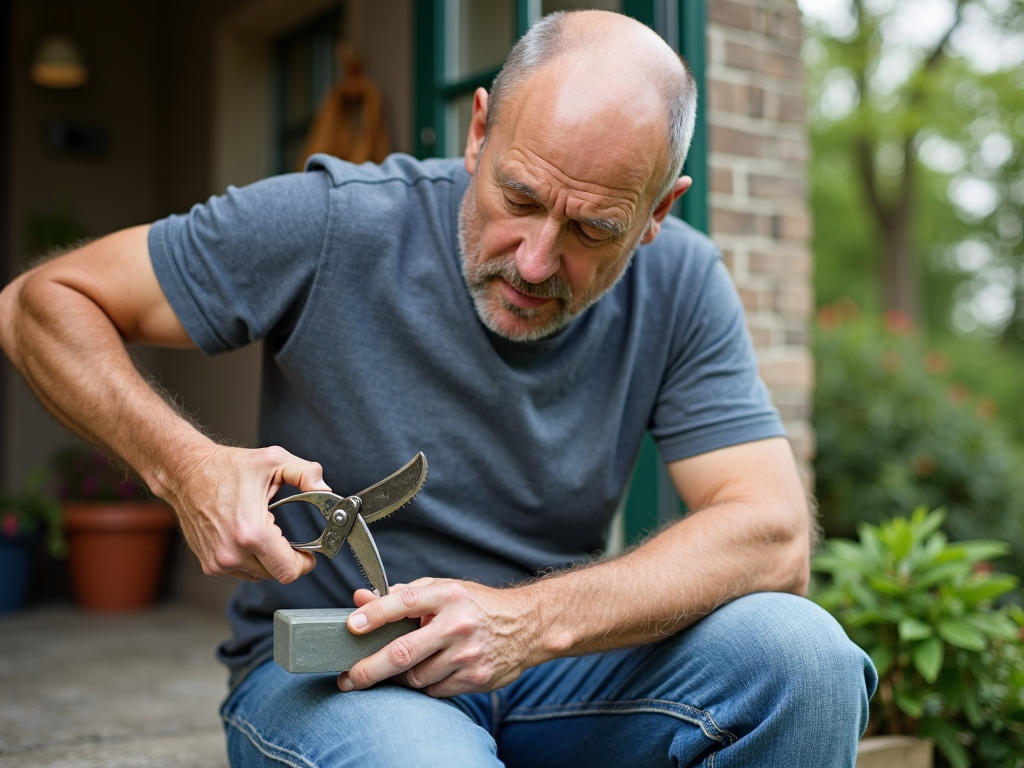
Why It’s Worth the Effort
Maintaining your tools pays off big. Here’s how:
- They Last Longer: You won’t need new ones as often.
- They Work Better: Clean, sharp tools make projects smoother.
- They’re Safer: No surprises from broken parts.
- You Stay Neat: Caring for tools keeps your space tidy.
A Drill Gone Wrong
I skipped cleaning my drill after a dusty job once. The motor quit mid-project. Since then, I’ve learned that a quick wipe-down beats buying a new tool. It’s a habit worth building.

Wrapping Up
Knowing how to maintain your tools for longevity keeps them ready for anything—from cabinet furniture assembly to yard work. Clean them, store them right, and check them often. A little time spent now means better tools for years ahead.








